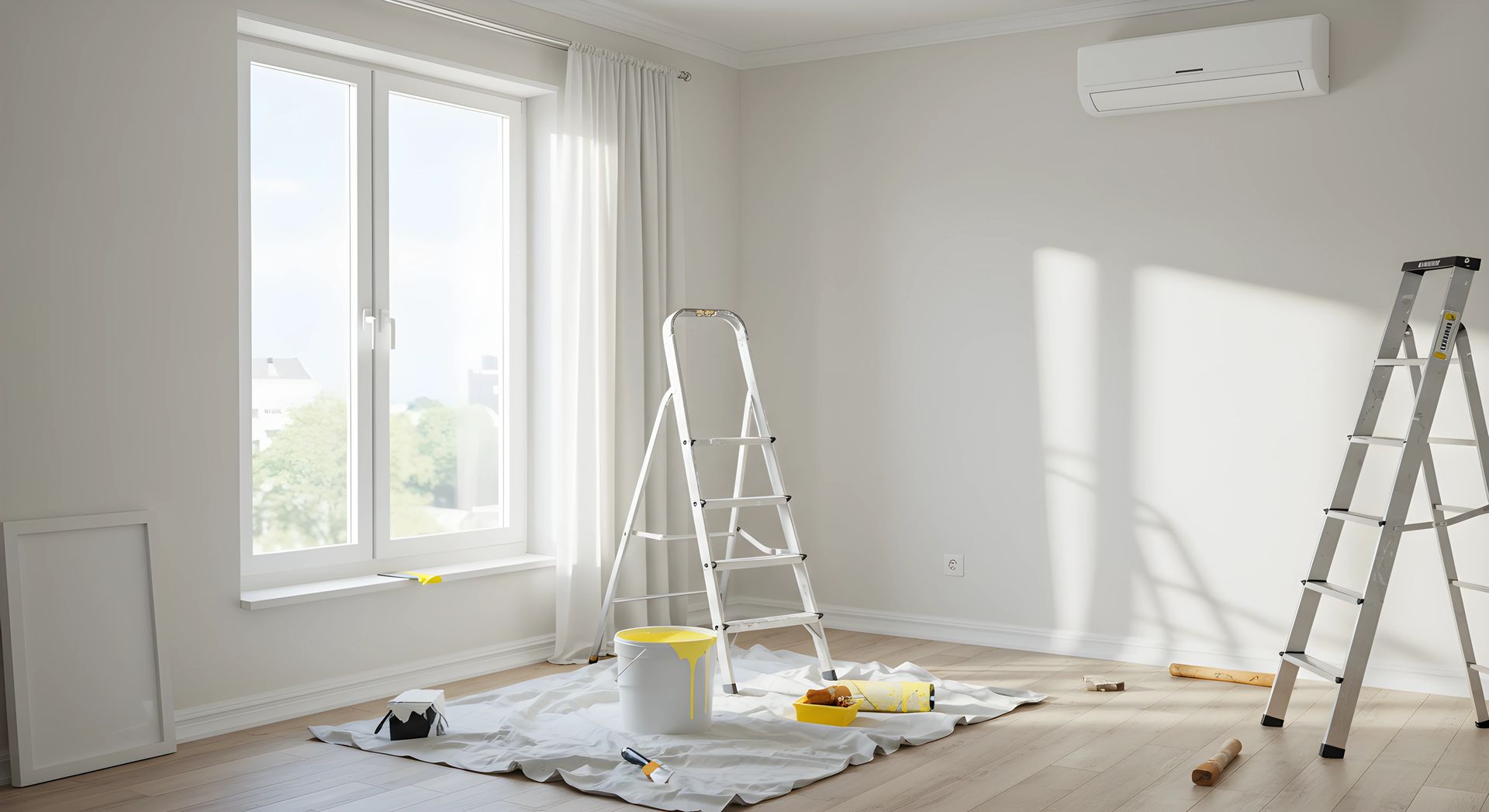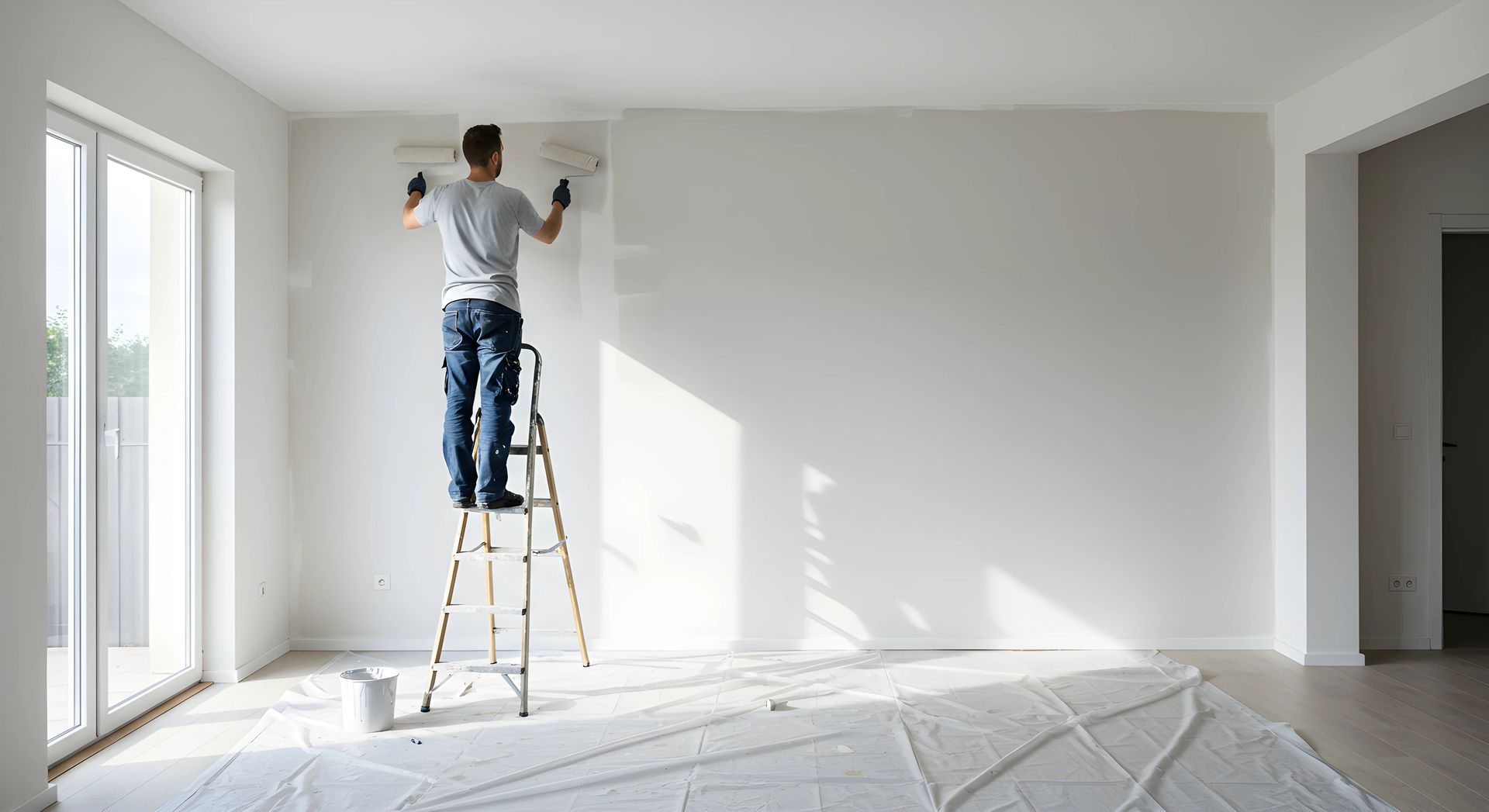Maximizing Painted Cabinet Longevity: Expert Tips for Lasting Beauty
Painted cabinets are a popular choice for kitchen and bathroom upgrades, offering a fresh, modern look. However, ensuring their durability can be a concern. This article explores key factors influencing painted cabinet longevity and offers practical maintenance tips to help you keep your cabinets looking beautiful for years to come.
Factors Affecting Painted Cabinet Durability
Quality of Paint: The type of paint used is crucial to the longevity of your cabinets. Choose high-quality, durable paint specifically formulated for cabinets and follow the manufacturer's instructions for application and drying times.
Surface Preparation: Proper preparation of the cabinet surface is essential. Clean the cabinets thoroughly to remove dirt, grease, and other contaminants. Lightly sand the surface to create a smooth base for the paint, and apply a coat of primer before painting to ensure adhesion and durability.
Application Technique: How you apply the paint can also impact its longevity. Apply multiple thin coats of paint rather than a single thick coat to prevent drips and achieve a smooth finish. Use high-quality brushes or rollers for best results.
Environmental Factors: Environmental conditions such as sunlight, humidity, and temperature can affect the durability of painted cabinets. Protect your cabinets from direct sunlight, as prolonged exposure can cause the paint to fade and become brittle. Ensure proper ventilation in your kitchen or bathroom to prevent high humidity, which can cause paint to peel and chip.
Maintenance Tips
Regular Cleaning: Clean your cabinets regularly with a mild soap and water solution to remove dirt and grease. Avoid using abrasive cleaners, as they can damage the paint.
Moisture Management: Manage moisture levels in your kitchen or bathroom to prevent damage to your cabinets. Use exhaust fans when cooking or showering, and promptly clean up spills to prevent water damage.
Hardware Installation: Installing hardware such as knobs and pulls can help protect the painted finish of your cabinets. Hardware provides a barrier between your hands and the painted surface, reducing wear and tear over time.
Proper paint selection, surface preparation, and maintenance are crucial for ensuring that your painted cabinets remain beautiful and functional for years to come. By following these expert tips, you can maximize the longevity of your painted cabinets and enjoy their beauty for years to come.



